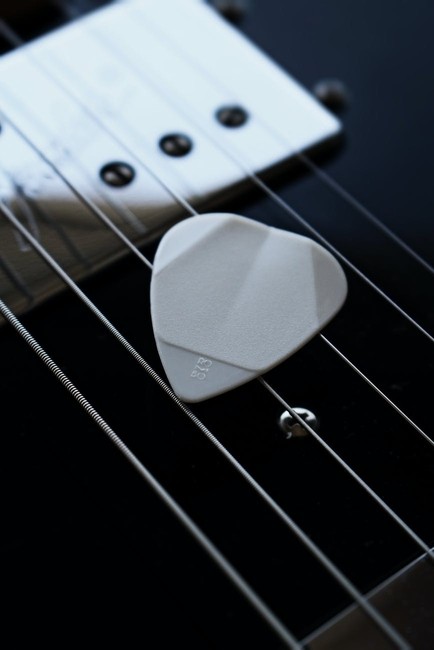When choosing the right guitar pedal, no rule says you need a particular one. What counts is what you want to achieve when playing the guitar, even though you need a guide as a beginner, so you make the right choice. Before you buy your guitar pedal, it is essential to know how to use it.
Using it without learning the basics can be frustrating, especially when the tone you produce sounds awful. To understand some of the guitar pedal basics, here is a guide to get you started.
Know Your Needs
Having an amp and a guitar is not enough if you want a better sounding tone and what you need to complete is a guitar effect. Therefore, when shopping for a guitar pedal, you need to know what you want to make your search easy.
For instance, if you want a fuzz pedal, you need to know that each is different even though each aims to make your sound richer, fuller, and bigger. These go to other pedals; each has a role in the tone you want to produce. As a beginner, you need to go for an affordable pedal that many have used before trying other unique guitar effects.
Plugging Stage
Even though it is easy to plug your pedal into your amp and guitar, you need to know some basics. For every pedal you purchase, you will require two cables, and mostly one comes with the pedal package, but the other you may have to purchase separately. One cable goes into the pedal’s output and the other on the pedal’s input.
It is good to note that the input is usually on the pedal’s right hand, and on the left is the output, even though some pedals come with the jacks clearly labeled. When using a single pedal, all you need for your rig are two cables.
How to Power the Pedals
After plugging the pedals, the next step is to power them. Most pedals can get power from an external supply even if they have an internal battery. If you do not often play or have a few pedals, you can comfortably use batteries without interruptions. However, if you are a live performer, it is not a good thing to rely on standard battery power, and as such, you will need an external power supply or rechargeable batteries.
Some pedals come with power supplies, but most do not have one, and you need to purchase one alongside the pedal. Therefore, if you are to buy, ensure that you get the right power for the pedal that you will be using. Having a suitable power supply helps minimize noise on the guitar signal.
Arranging Pedals
When it comes to arranging pedals, no rule fits all. If you have several pedals, there are specific orders that you can follow, but you do not have to stick to a particular rule. You will have to get accustomed to your pedals and, with time, get to work with what suits your needs.
You can try with a few ideas online then experiment by yourself until you get what you need. Your ear is the guide to help you know which position works best for you. You can come up with multiple sounds by placing your pedals in any location you deem fit, and you can produce a unique sound, as the case is with some famous guitarists like Bob Ross.
Using the Pedals as You Play
After getting an arrangement that works for you, you can learn how to use the pedals as you play. Mainly there are two ways to get you started. The first one is the effects-on-demand, which is most common for most guitarists.
What you will be doing is turning the pedals on or off depending on what sound you want to produce. The other way is always-on pedals though it is not a common one. The technique requires a guitarist to have the pedals always on to enhance your guitar tone. The effect enables you to create a unique tone that you would not pull off if you used a guitar amp alone.
Pedalboards
You will need to have pedalboards as they help hold your effects. Since pedals are light and small, they can make setting them up a challenging task due to their constant movement, affecting your performance as some may get disconnected. A pedalboard comes in to make things easy for you as you can place all your effects on it and all you have to do is plug the guitar, and you can start playing. Therefore, having pedals that have a pedalboard is a necessity, not a luxury.

